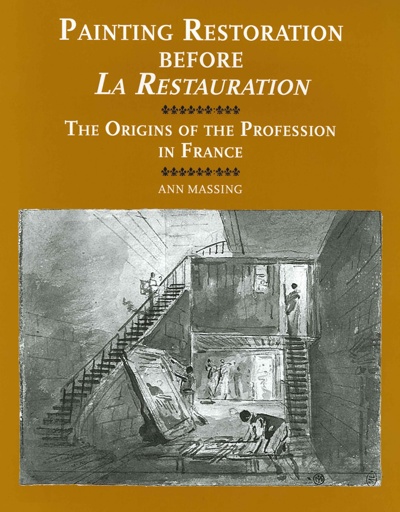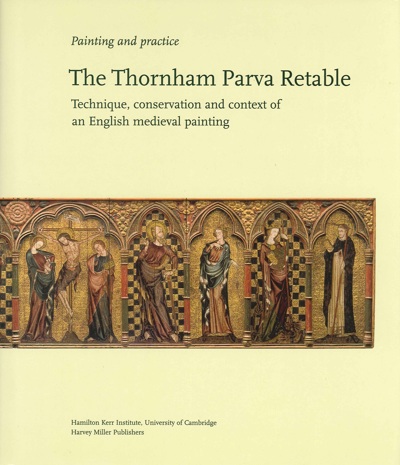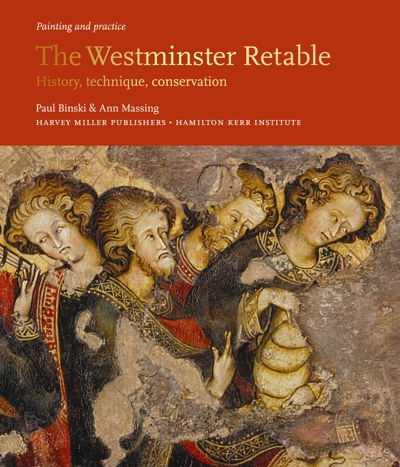
The Thornham Parva Retable
A. Massing (ed)
- Pages: 232 p.
- Size:240 x 280 mm
- Illustrations:109 b/w, 263 col.
- Language(s):English
- Publication Year:2004
- € 115,00 EXCL. VAT RETAIL PRICE
- ISBN: 978-1-872501-07-9
- Hardback
- Available
« For the medieval period, works of technical art history with the potential to make a broad impact on the discipline are few. This collaborative study of the Thornham Parva Retable is such a book. »
(J.M. Luxford in The Burlington Magazine, CXLVIII, January 2006, p.39)
« Das Thornham Parva Retabel ist ohne Zweifel ein prachtvolles Zeugnis hochgotischer Malerei im nordalpinen Europa. Eine gelungene Restaurierung hat viel von seinem Glanz zurückgewonnen. Das Werk und die getroffenen Massnahmen in einer gut gedruckten, mit zahlreichen Farabbildungen ausgestatteten Monografie zu präsentieren, ist daher nur zu begrüssen. »
(S. Kemperdick in Sehepunkte, 5 (2005), nr. 12, 15.12.2005)
« (...) the editor is to be praised for producing a readable and accessible text that willl not alienate the general reader. To this must be added the fact that the book is beautifully and lavishly illustrated with countless plates that do much to bring the retable to life. (...) The book is something of a hagiographical landmark. (...) The book is highly recommended and will make a valuable contribution to the history of English medieval art as well as to the history of medieval European panel painting. »
(M.M. Reeve in Speculum, 84 (2005), p. 1329)
The Thornham Parva Retable is Britain's largest and best preserved medieval altarpiece. It was found in a loft above a stable at Thornham Hall in Suffolk in 1927. Soon afterwards it was installed in the small thatched church of St Mary, Thornham Parva. Despite being extensively repainted some time before the end of the eighteenth century, its importance was immediately recognised. In 1987 a detailed study of the Retable in-situ and the Cluny Frontal, now in the Musée National du Moyen Age, Paris, established that both were parts of the altar which was probably made for the Dominican Priory at Thetford. It was saved from destruction after the dissolution of the monasteries in the early 16th century by a local family who adapted it for use as a private altar. The authors hoped that in time further examination and analysis of the Retable would be possible, and suggested a date of 1335-40 on stylistic grounds.
After a sustained period of fund raising, the Parochial Church Council entrusted the examination and conservation of the Retable to theHamilton Kerr Institute, University of Cambridge. It was moved from the church in 1994.This book documents that project. The results of the technical examination are complemented by a series of articles placing the Retable in a technical and art historical context. It was decided to remove the later repaint as the only means to preserve the original paint lying beneath. Far more original paint was found, confirming the results of the initial examination and proposal. Dating of the wooden support suggested that the earliest date of production was probably 1336-40. The altarpiece can now be seen to be of the highest quality and has provided new insights into the sophisticated practice of oil painting in England before the fifteenth century.



